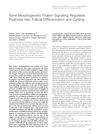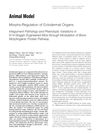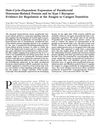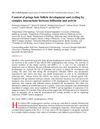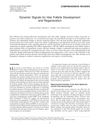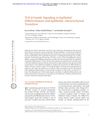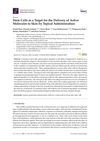Conversion of the Nipple to Hair-Bearing Epithelia by Lowering Bone Morphogenetic Protein Pathway Activity at the Dermal-Epidermal Interface
October 2008
in “
The American journal of pathology
”
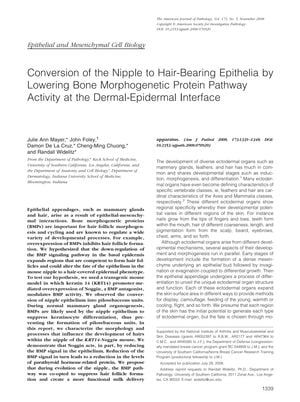
TLDR Blocking a specific protein signal can make hair grow on mouse nipples.
In the 2008 study, researchers demonstrated that by inhibiting Bone Morphogenetic Protein (BMP) signaling in mice, they could induce the formation of hair follicles and sebaceous glands in nipple tissue, which is typically hairless. This was achieved by overexpressing Noggin, a BMP antagonist, using a transgenic mouse model with the keratin 14 (KRT14) promoter. The findings showed that heterozygous Noggin mice developed an average of 10.00 ± 4.83 hairs per nipple, and homozygous mice developed 15.25 ± 1.71 hairs per nipple, in contrast to control mice which had no hair follicles. The study concluded that BMP signaling is crucial in preventing hair follicle development in nipple tissue, and that manipulating this pathway can alter the fate of the skin, potentially leading to the growth of different ectodermal structures.
